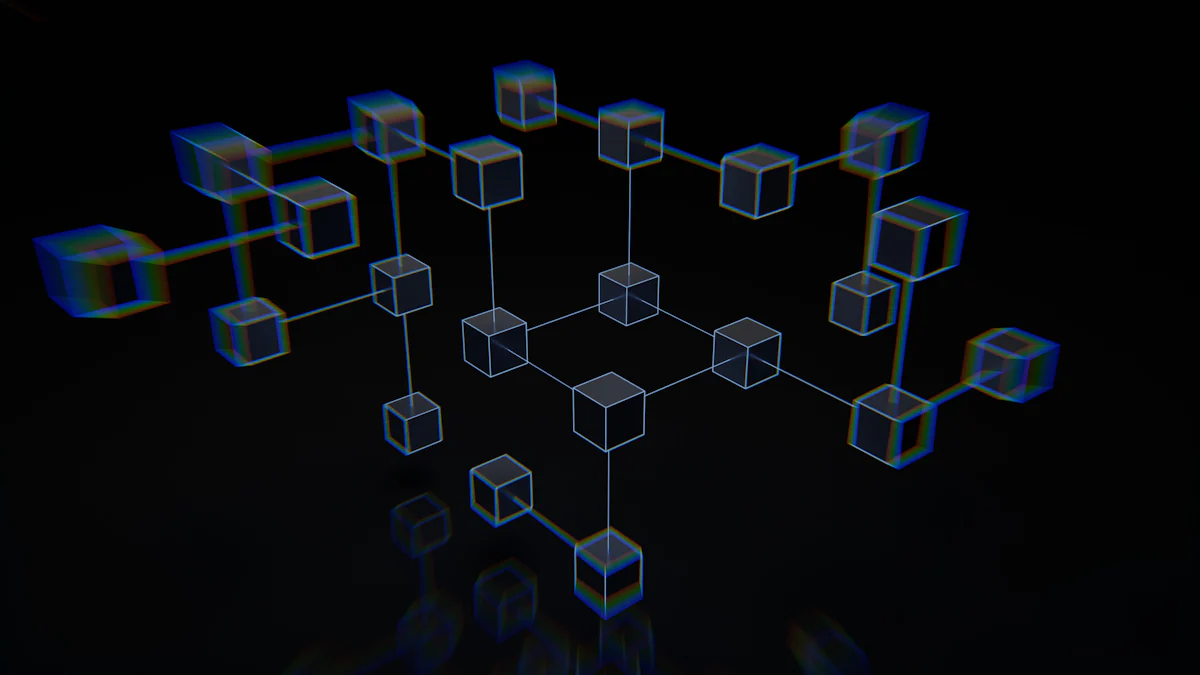Enhancing Blockchain Interoperability: The Evolution

Understanding Cross-Chain Technology
The evolution of cross-chain technology has become a pivotal force in enhancing interoperability among blockchain networks. This advancement reshapes the way different blockchain networks interact and collaborate, ultimately paving the way for a more interconnected and efficient blockchain ecosystem. By enabling seamless cross-chain communication, this technology is instrumental in breaking down barriers that have traditionally hindered the fluid exchange of data and assets across disparate blockchains. As developers and enthusiasts delve deeper into this evolution, it becomes evident that cross-chain technology is revolutionizing the very fabric of the blockchain ecosystem.
Exploring Pegged Bridges and Relay Chains
The concept of pegged bridges plays a crucial role in facilitating seamless cross-chain communication. These bridges act as a vital link, enabling the transfer of assets and data across disparate blockchain networks. By providing a bridge between blockchain networks, pegged bridges contribute to the creation of interconnected blockchain networks, fostering an environment where assets can move fluidly across different chains. This process is instrumental in enhancing the overall interoperability and collaboration among various blockchain ecosystems.
Relay chains are equally significant in the realm of cross-chain technology. They serve as a fundamental component that enhances blockchain interoperability by establishing efficient communication channels between different blockchains. Relay chains play a pivotal role in ensuring that transactions and data can be transmitted securely and efficiently across interconnected blockchain networks. Their significance lies in their ability to streamline the exchange of information, thereby contributing to the seamless operation of interconnected blockchain ecosystems.
Homogeneous and Heterogeneous Chains: A Comparative Analysis
Homogeneous chains are characterized by their uniformity, playing a pivotal role in cross-chain technology. These consistent blockchain networks ensure that data and assets can seamlessly traverse across interconnected blockchains. Their consistency is fundamental in enabling a smooth flow of information, thereby contributing to the overall efficiency and interoperability of blockchain ecosystems.
On the other hand, heterogeneous chains serve as a critical component in achieving seamless data synchronization across blockchains. These diverse networks play a crucial role in ensuring that different types of data can be synchronized effectively across interconnected blockchains. By accommodating various data formats and structures, heterogeneous chains contribute to the creation of an environment where disparate blockchains can communicate and synchronize data efficiently.
Achieving Seamless Data Synchronization Across Blockchains
In the realm of blockchain interoperability, achieving seamless data synchronization across different blockchain networks poses several challenges. These challenges encompass issues related to data format, consensus mechanisms, and network latency. Solutions for these challenges involve the development of standardized protocols, efficient consensus algorithms, and optimized network infrastructures to ensure smooth data synchronization among interconnected blockchains.
Cross-chain data synchronization holds immense importance in enhancing blockchain interoperability. It ensures that data can flow seamlessly across interconnected blockchains, fostering an environment where information exchange is efficient and reliable. This process contributes significantly to the overall interconnectedness and collaboration among disparate blockchain networks, ultimately leading to a more robust and efficient blockchain ecosystem.
Embracing the Evolution: A Connected Blockchain Ecosystem
The evolution of cross-chain technology has a profound impact on creating a more connected and efficient blockchain ecosystem. It fosters an environment where interconnected blockchain networks can collaborate seamlessly, leading to enhanced efficiency and fluidity in the exchange of assets and data. This evolution significantly contributes to the overall growth and development of the blockchain ecosystem, paving the way for a more interconnected and collaborative environment.
Looking ahead, the future prospects of interconnected blockchain networks are promising. As cross-chain technology continues to evolve, it holds the potential to revolutionize the way different blockchains interact and collaborate. The seamless integration of various blockchain networks is expected to lead to increased efficiency, improved scalability, and broader adoption of blockchain technology across diverse industries.
The Future of Blockchain Interoperability
The evolution of cross-chain technology is reshaping the way different blockchain networks interact and collaborate, ultimately paving the way for a more interconnected and efficient blockchain ecosystem. As this evolution continues, it holds the potential to revolutionize the overall landscape of blockchain technology, leading to enhanced interoperability and collaboration among diverse blockchain networks.
